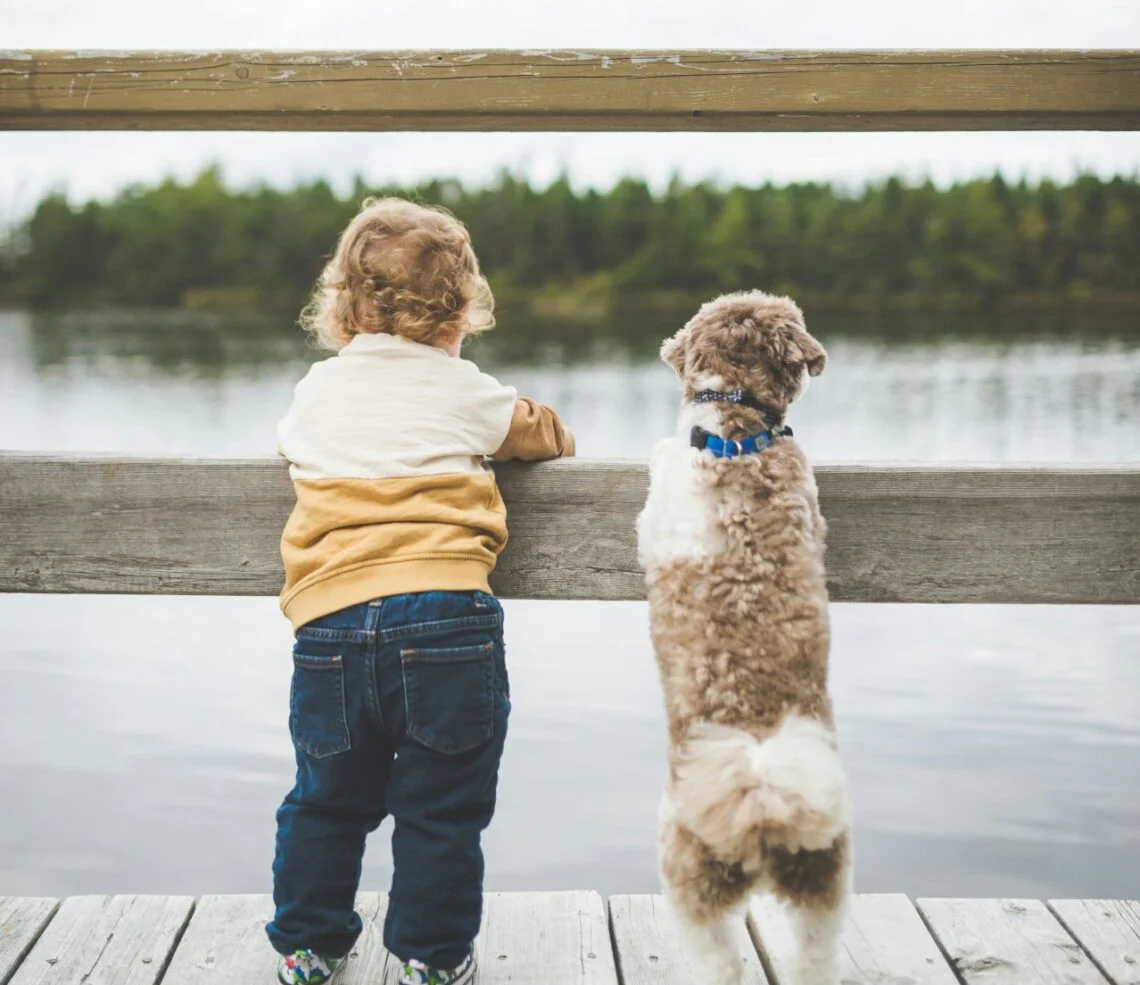
Study finds link between having a dog and children’s physical activity
A recent study has found a ‘clear’ link between owning a dog and the level of physical activity undertaken by children in the family, with the impact most noticeable in girls.
The research, undertaken by Telethon Kids Institute and The University of Western Australia, followed 600 children over three years to chart the impact of dog ownership (or loss) on physical activity levels.
Thought to be the first study to examine the longitudinal effects of dog ownership on children’s movement behaviours, it involved children aged two and seven years, with researchers following their progress from preschool age until they entered full-time school.
Researchers saw a “significant jump” in daily physical activity in children whose families acquired a dog over the study period, while those whose families experienced the loss of a dog recorded a steep drop-off in activity.
Lead researcher Emma Adams said: “The results were particularly noticeable in girls, with girls who acquired a dog increasing their light intensity activity and games by almost an hour a day (52 minutes).
“On the flipside, there was a marked drop in light intensity activity and games in girls who experienced the loss of a dog, with their activity dropping by 62 minutes a day.”
The team also found that girls and boys who acquired a dog increased their unstructured physical activity – such as playing in the yard, going to the park, walking or playing with the dog – by around seven occasions a week, compared to no changes in children whose family did not have a dog.
By contrast, children who lost a dog reduced their unstructured physical activity by 10.2 sessions a week for girls and 7.7 sessions a week for boys.
Adams added: “What these results show is that dog ownership can have a positive influence on children’s physical activity and that we start to see those benefits from early childhood.
“It’s important to note that we’re not telling families to just go out and get a dog – having a dog comes with many responsibilities and won’t be right for everyone.
“Rather, it’s about encouraging families who already have a dog to make more use of this mechanism to encourage physical activity, because not all children who have a dog will be walking and playing with the dog.”



